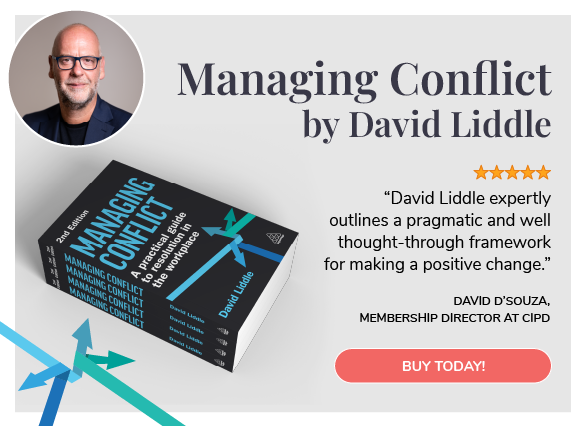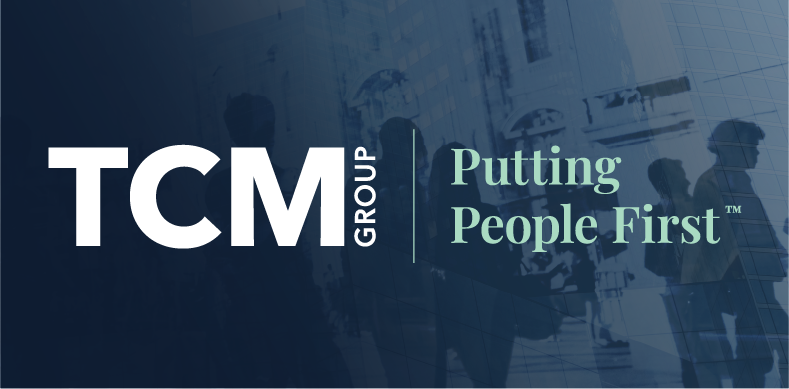Values, Behaviors & Competencies

Defining and creating connection to values
Values are the golden thread that run through organizations. They define the culture, the tone and personality of how people behave, work and communicate with each other.
TCM work with organizations to refine their values to create a values framework that truly informs and creates organization culture. These frameworks enable leaders and their teams to:
- Define what the organizations stands for.
- Clarify how people work together to achieve organization objectives and purpose.
- Inform and challenge problem solving, decision making, teamwork and behavior.
- Plan implementation of change to create and sustain a people centered and high performing culture.
The TCM values framework comprises a values toolkit for HR professionals, senior leaders, team leaders and teams. This includes practical tools for use at senior leadership and team levels throughout the organization to enable them to engage with the values and bring them to life in their own areas and day to day work.

Behavioral frameworks
Your values provide a blueprint for behavior to create an engaged, inclusive and high-performance culture.
Sometimes managers struggle to explain how people can work together to live the values and create the culture that is intended. TCM work with leaders to define a clear framework of behaviors that are aligned and misaligned with values. These frameworks provide a clear picture of how people can communicate and interact, which behaviors are respected and promoted, as well as those that are not.
Behavioral frameworks can be defined at an organization level and then used for discussion within teams throughout an organization. They provide a platform to share views and perspectives of how values and behaviors relate to the everyday work that people do. As a blueprint for behavior, these can be powerful tools for managers in recruitment, performance management and team development. This ensures that behaviors that align with values are recognized and rewarded.
Culture can seem intangible and ambiguous. Behavioral frameworks provide the clarity that people need to understand what the culture is and their own part in developing this. TCM provide a tool kit to help leaders roll out new frameworks that include communication strategies, information packs and FAQs. We provide leadership training and team development activities to help cascade understanding of behaviors and how they relate to culture and values through teams at all levels.
Our process is simple: our expert consultants work in partnership with a team of key stakeholders from the senior team or drawn from across the business to develop a framework that can be applied in a range of roles at all levels. Drawing on best practice from across a wide range of sectors, we challenge and inspire so that the framework makes the values meaningful as a series of behaviors that everyone can subscribe to.

Competency frameworks
Our competency frameworks bring together expertise and best practice in developing people, particularly managers and leaders, and blend this with the specific needs of work in organizations we work with. They define the skills, behaviors and attitudes that are expected from people for them to be effective in their roles. There are some common themes, but the nature of different work requires certain customization to match the nature of different roles.
TCM competency frameworks provide:
- A framework of competencies aligned with the values of an organization.
- Clarity on expectations of how these are delivered at different levels and potentially different functions.
- Indicators for how these can be assessed by managers in performance and talent management reviews.
- Development tools to inform team members of how they can develop their competency and managers to support team members’ competency development.
In each case, we work in partnership with organizations to ensure that competency frameworks are customized, so people relate to them as being directly relevant to their organization and the roles that they do.

Define and embed your organizational values, expected behaviors and competencies.



